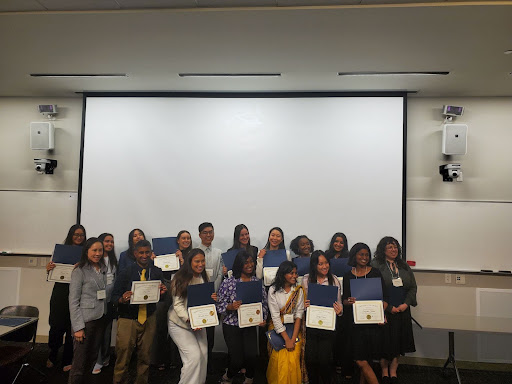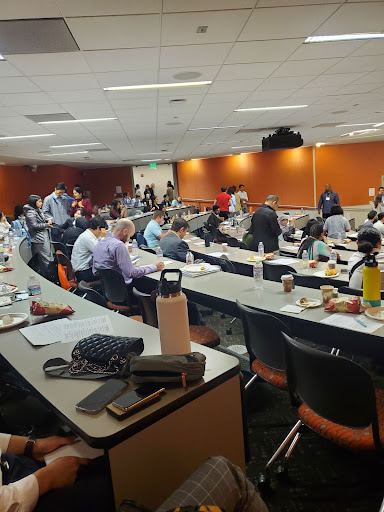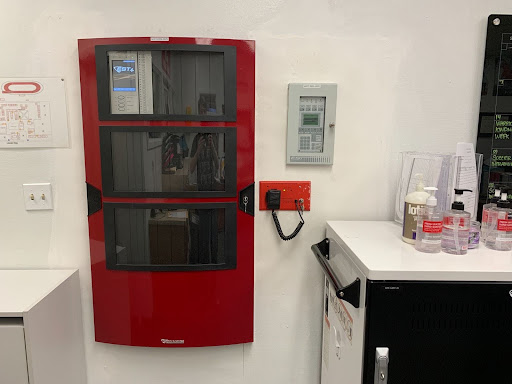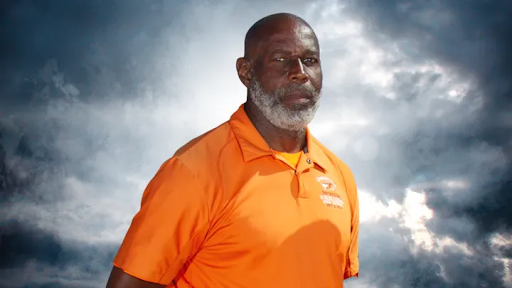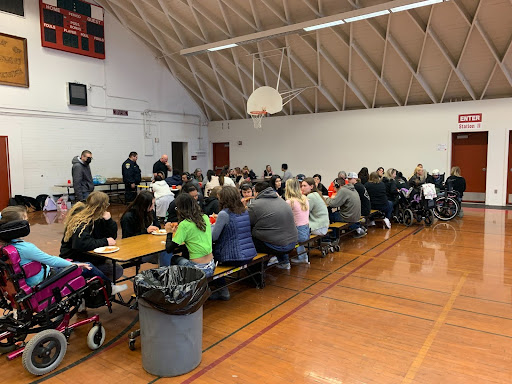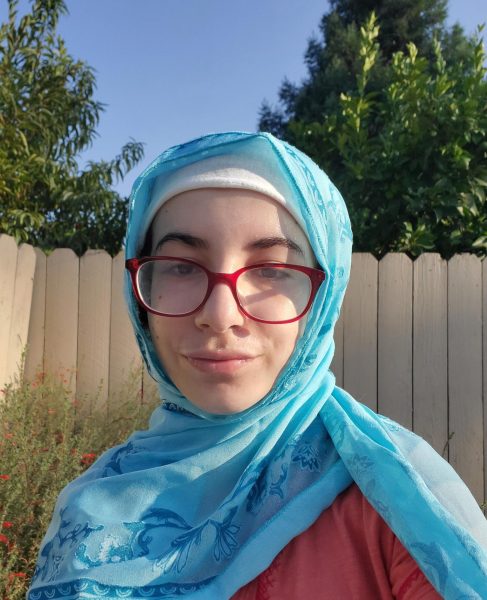“Who gets up early on a Saturday to learn about science?” Jessica Preciado said, quoting her eight-year-old son in her keynote speech to the Bay Area Stanford Regenerative Medicine Conference at Stanford University.
Preciado, vice president for clinical health at Noctrix Health in Pleasanton, told attendees she had a quick response for her son: “We do, a group of nerds and problem solvers not afraid to meet big challenges.”
The conference is the brainchild of Dr. Ngan F. Huang, the Associate Professor of Cardiothoracic Surgery at Stanford.
According to the Mayo Clinic, regenerative medicine is a relatively new area of medicine that searches for therapies that will “support the body in repairing, regenerating and restoring itself to a state of well-being.”
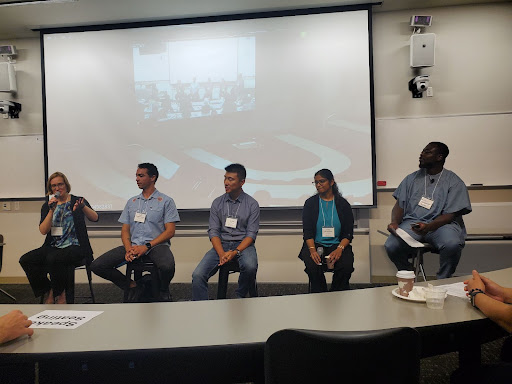
The Association for the Advancement of Blood and Biotherapies says on its website that regenerative medicine “may enable scientists to grow tissues and organs in the laboratory and safely implant them when the body is unable to heal itself. Current estimates indicate that approximately one in three Americans could potentially benefit from regenerative medicine.”
Huang said of the conference, “It’s a perfect storm of a lot of interest among different groups and communities in terms of education and education outreach and this became, just you know the way to integrate different groups’ interests together.”
She added, “These groups include those within Stanford, for example the Cardiovascular Institute where I am a part of the Education Committee that has a strong interest in education and education outreach and then similarly for TERMIS (Tissue Engineering Regenerative Medicine International Society), another sponsor of this conference that wanted to start this idea of what we call ambassador conferences.”
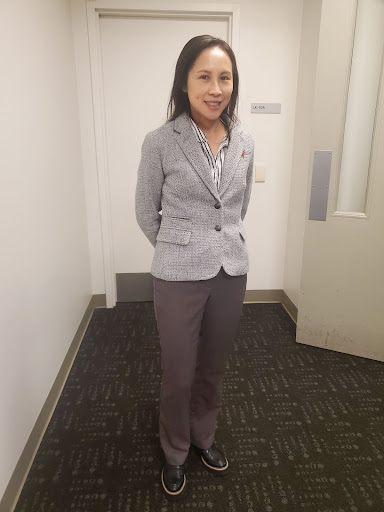
According to Huang, ambassador conferences are a way to bring the conference to the people, instead of the other way around.
People with different ethnic, religious, cultural and educational backgrounds came from as far away as Hawaii and Missouri with one thing in common – an interest in regenerative medicine.
“I did fly up this morning, so yeah I am a little tired,” said Honolulu resident Brooke Shindo, a junior at Punahou High School. “I had a conflict back at home so I told them never mind, I can’t come so then last night at like 8 p.m. my dad’s like you should just go.”
“It’s fabulous, it’s necessary,” Rance Bobo, STEM Center Director at Cañada College, said of the regenerative medicine field.
“We’re living in an age where medical issues are easily detected and the number of medical issues that are out there that were unknown are now known, so now there’s a need for medicines that can be self-sustaining and effective,” said Bobo, a member of the conference’s organizing faculty committee.
The all-day conference featured many speakers and panelists. Industry professionals, scientific writers, post-doctorate students, clinical fellows, undergraduate students, and high school students provided conference attendees multiple different perspectives into regenerative medicine, from building an artificial pancreas to finding therapeutics for radiation induced brain damage.
“I saw this opportunity and honestly didn’t think I’d get it, but I thought that it would be a really cool opportunity to meet other people who are similarly minded and do research and make a difference in the world,” said Samina Ginwalla, senior at Carlmont High School in the San Francisco Peninsula. “I focused a lot on building my confidence and I felt like this would be a really good opportunity to build my confidence in speaking.”
Ginwalla, one of only two high school speakers at the conference, became interested in regenerative medicine when she took AP Biology her junior year and became fascinated by stem cells.
“I was really amazed by how they work, I was like how do (stem) cells just start off as this little thing and then they suddenly know what to be and what to do.” she said.
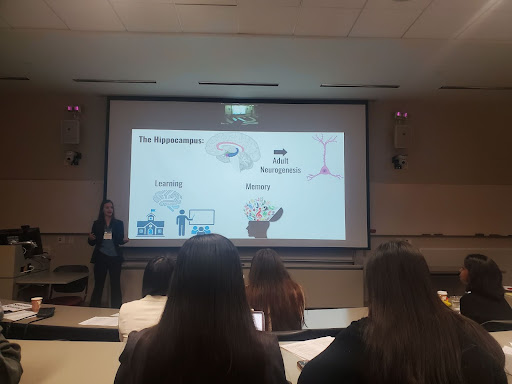
Alexis Haddjeri-Hopkins, a representative of the biotech firm Genentech and a panelist at the conference, said, “Personally I have an interest in any kind of community outreach. I really liked biology, and then I really liked physics so I ended up studying biophysics.”
Towards the end of the conference, awards were given out for the best seven oral presentations, the best seven poster presentations, and the “People’s Choice Awards,” where conference attendees voted on the top three presentations.
“I feel ecstatic, it’s so amazing,” said Brinda Venkat on being the only highschooler to receive a best presenter award. “I felt nervous as any presenter would, but it was a great experience.”
One of the People’s Choice Award winners was Kathleen Zapata, a poster presenter and a student at Stanford University.
“It was unexpected,” said Zapata. “I did not print my poster out. I brought in an old poster from one of my conferences, so I didn’t think I’d win it.” Zapata said she came away from the conference realizing that stem cell research is a field that offers many opportunities.
The conference connected students with industry professionals, and opened the eyes of many students who had no idea what regenerative medicine is.
“Regenerative medicine is probably the future,” said Folarin Erogbuogbuo, one of the mediators for the regenerative medicine conference. “The question is not a matter of if it is, but when.”
